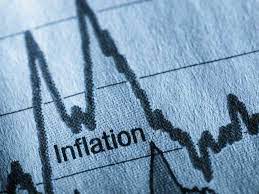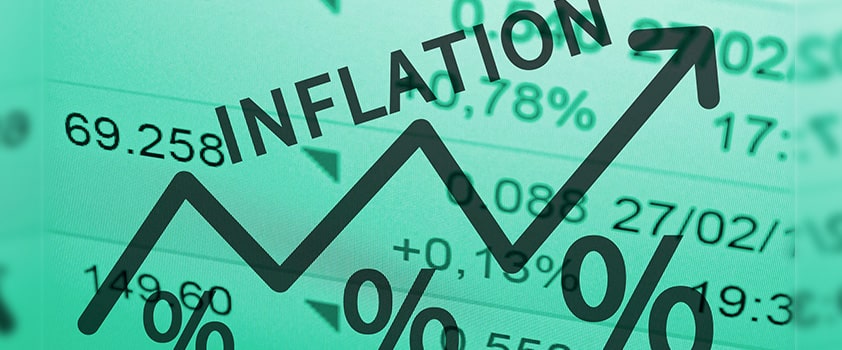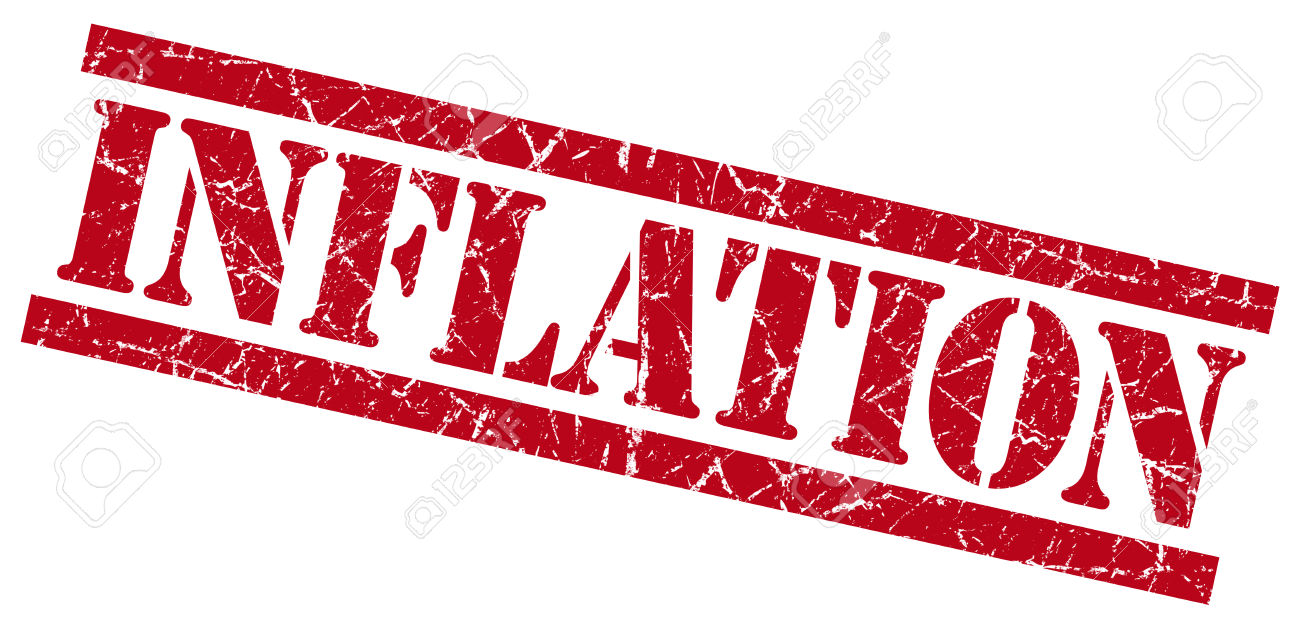“4%, +2 or -2” Do you recollect this figure? This figure is highly trending because of the new Governor of RBI Mr. Urjit Patel and his “Inflation targeting committee” who gave us this inflation figure. Is this a realistic figure? Let’s find out.
Firstly, what’s inflation? It refers to the rise in general price levels and the “dragon” that eats away the purchasing power of consumers; there are mainly two types of inflation – URBAN Inflation and RURAL Inflation. Rural folks are facing higher inflation than urbanities, so what is the reason for that? – Surging price of cooking fuel – dung, firewood, chips.

On more on that, what should govt. do to narrow the gap between this or mitigating this?
In my opinion govt. needs to improve road connectivity and infrastructure and most important the flagship scheme “Pradhanmantri Ujjaval Yojana” to provide cooking gas to (BPL) below poverty line over next 3 years.
Most importantly, the current debate that is going on between the central bank and economists about measuring inflation with help of Consumer Price Index (CPI) though currently we measure in Wholesale Price Index (WPI), because we are a developing economy whereas developed economies measure in CPI.
Now what CPI and WPI include and why former Governor mentioned in his speech that “CPI is more beneficial to the common man.” How? WPI is related to industrial production and manufacturing products, primary articles. CPI include food-beverages, housing, fuel-light, clothing, pan-tobacco. Look at the below example:-
“If fuel price go down internationally CPI should go down but largely WPI would go down because govt. wouldn’t pass that benefit to end consumer to strengthen fiscal position.”
So Mr. Rajan gave more emphasis on measuring on CPI basis not in WPI basis. But what the main problem is that our market variables and market infrastructure are not that mature or exist only as a developed nation and other reason is also that CPI indicates cost of living of hard savers of money.

In Jan-2016 WPI enters into negative territories. Should we be concerned about that? Since GDP is growing and job creation is there WPI is not concern for common man but it is matter of concern for manufacturing sector.
Current CPI inflation India according to September report: 4.14%
Average inflation Inflation |
CPI India 2016 5.71% CPI India 2006 5.79% |
CPI India 2015 5.88% CPI India 2005 4.25% |
CPI India 2014 6.37% CPI India 2004 3.77% |
CPI India 2013 10.92% CPI India 2003 3.81% |
CPI India 2012 9.30% CPI India 2002 4.31% |
CPI India 2011 8.87% CPI India 2001 3.77% |
CPI India 2010 12.11% CPI India 2000 4.02% |
CPI India 2009 10.83% CPI India 1999 4.84% |
CPI India 2008 8.32% CPI India 1998 13.17% |
CPI India 2007 6.39% CPI India 1997 7.25% |
Above table shows Average inflation of years (1997-2016). By seeing this table we can compare years side by side. But I’ll do Average Inflation of (2006-2016) because there are wide 10 years gap and many development schemes and frameworks were put into force to curb inflation but did they all work in the economy? Answer is NO. By analyzing the table there is no big difference in Average inflation in 2006 and Average inflation in 2016. Same scene is for inflation of 2007 and 1997.

Some analysts and economist have their eyes on OROP and 7th pay commission effects on Inflation. “7th pay commission leads to 190 basis point increase in CPI Inflation higher than basis line 2016-2017 and 2017-2018” which is the matter of worry. But it will add to liquidity in share market and give push to investment cycle by increase in aggregate demand of goods and services but it would be counter balance by deflation (reverse of inflation) in commodity price and available of excess capacity in some manufacturing sectors.
Secondly, positive real interest rate is desire for savers in India and on the other hand many developed countries are playing on negative interest rate.
If inflation is 5% then interest rate would be 6.5% or 6.8% depends on whether central bank is hawkish or dovish in setting interest rate so right now after the appointment of Mr. Patel we should wait and watch what he takes call on it. I assure you that it won’t be negative or zero.
Inflation Rate in India is expected to be 4.40% by the end of this quarter, according to Trading Economics global macro models and analysts expectations.
Looking forward, we estimate Inflation Rate in India to stand at 4.70% in a year’s time. In the long-term, the Inflation Rate is projected to trend at around 4.80 percent in 2020, according to RBI’s econometric models.
Lastly, coming back to inflation targeting of 4% which is audaciously set by Patel led committee. Will it work for us? Major capitalist country have moved towards this because in those countries there is no issue of BOP-balance of payment, they bear the pressure of more than 8% or take 9% also.
That countries high growth was accompanied by huge deficit, banking system (NPA’s) current burning issue! Inflation targeting countries have failed to achieve superior outcomes in terms of output growth, variability. There’s no evidence that inflation targeting has reduced inflation existence but then also we should look more toward coming Inflation numbers after implementation of inflation targeting. So it is really going to be bumpy ride for India as far as Inflation is concerned.




